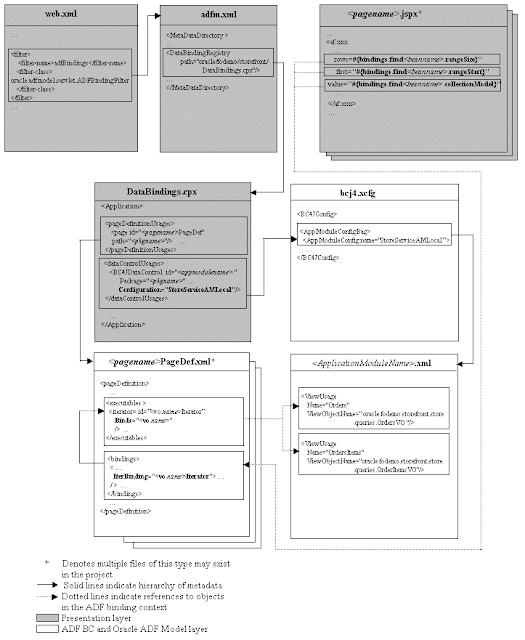Another place someone can find answers about ADF is StackOverFlow.com. Check for
Of course, your No.1 priority in searching answers (*) about ADF should always be the recommended ADF Community links referred in JDeveloper's home, mainly the:
- OTN Forum: JDeveloper and ADF
- OTN Forum: ADF UI Patterns & Best Practices
- ADF Enterprise Methodology Group
StackOverFlow.com is an alternative because of the fact that people from different technologies reply there, so you can receive an answer from a different aspect. This might not help you in BC cos it is Oracle only tech, but you might find something good about ADF Faces (cos after all there are based upon existing techs like Javascript, JSF etc).
(*): by answers I mean to post a question and someone to answer it. In Oracle ADF related blogs like this one you can find your answer but you only can ask something regarding a post and not something completely unrelated














